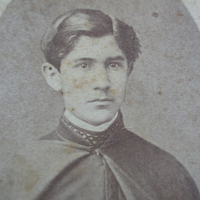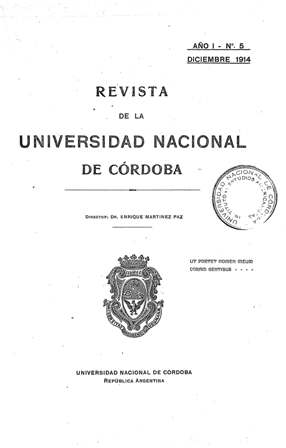The "City of the Ship" in Tucumán. Second part
Historical-geographical discussion. (chapter of a book in preparation)
Keywords:
Barco city, Tucumán, disquisitionAbstract
What was the seat of the primitive city of El Barco has been the object of painstaking research, but without positive results, unfortunately, no matter how many first-rate historiographers have approached the subject. The piece of land on which Núñez de Prado first built his portable city remains to this day a real terra incognita. The few lines that Lozano dedicated to this question, indicating as the cradle of the Barco of 1550, the banks of the Escava, "in a place four leagues away from where years later the city of San Miguel de Tucumán was founded", and reciprocally those others in which he asserts that the second of these capitals was raised in a distant place" only forty leagues, from where the first was founded, have lent themselves to confusion, and perhaps it is in them, in great part, the difficulty.
Downloads
Downloads
Published
How to Cite
Issue
Section
License
Copyright (c) 1914 Universidad Nacional de Córdoba

This work is licensed under a Creative Commons Attribution-NonCommercial-ShareAlike 4.0 International License.
Commercial use of the original work and any derivative works is not permitted, and distribution of derivative works must be made under a license equal to that which governs the original work.







